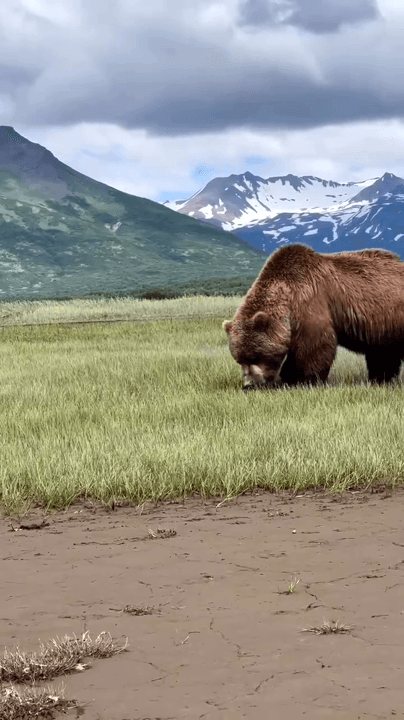
Hunting in Pointe-Noire: Coastal Ecosystems, Urban-Rural Hunting Demographics, and Game Access Hunting in Pointe-Noire region, located along the Atlantic coast of the Republic of the Congo, combines coastal biodiversity with the challenges of an expanding urban zone. Though better known as the country's economic capital, Pointe-Noire's surrounding districts, such as Tchissanga, Loango, and Hinda, retain patches of huntable terrain. Hunting in Pointe-Noire region blends suburban edge tracking, relic forest systems, and traditional knowledge with a strong undercurrent of regulatory oversight due to proximity to commercial activity. Natural Environment and Terrain for Hunting The area is defined by its coastal plain, mangrove fringes, secondary forests, and savannah patches inland. The Kouilou River basin plays a key ecological role in the movement of game and serves as a lifeline during the dry season (May to September). The rainy season (October to April) increases vegetation density
Post: 25 July 10:55
















































